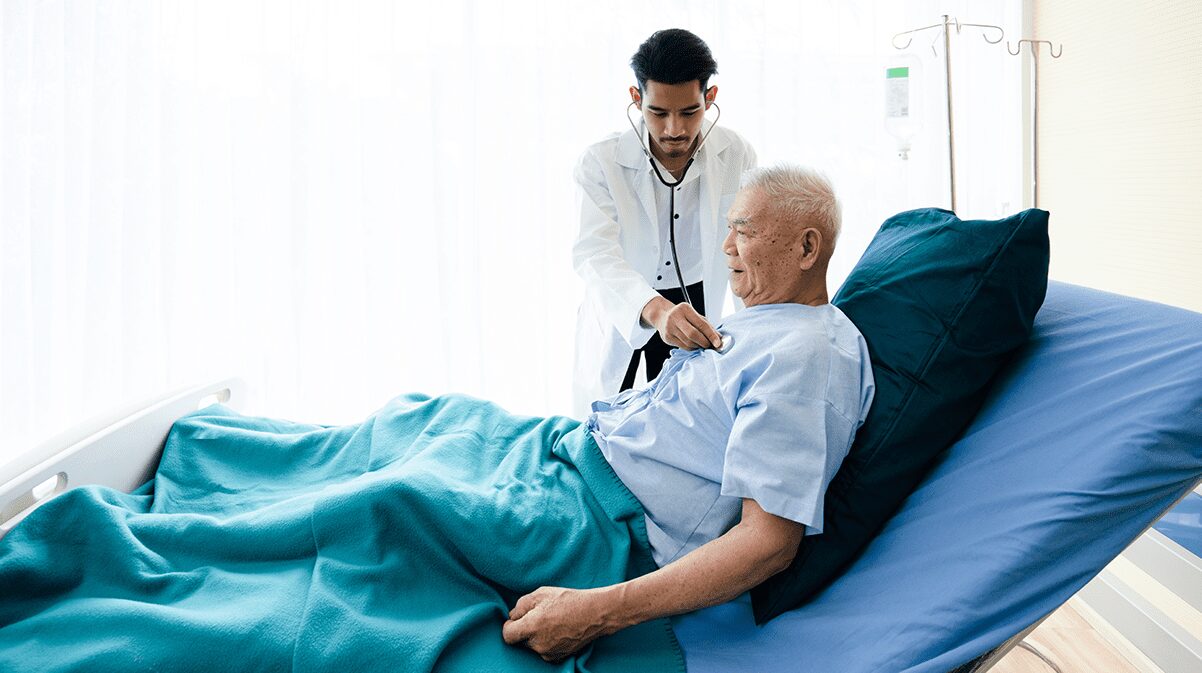Sickness doesn’t play favorites, but with the increasing spread of coronavirus, older generations are of particular concern to health professionals. As we age, our immune systems tend to weaken, thanks to the lower production of sickness-fighting white blood cells. We grow more vulnerable to disease, infection, and complications from seemingly harmless conditions like the common cold.
With more and more baby boomers rounding the corner past age 60, health facilities in the U.S. have their work cut out for them in caring for the health and wellbeing of older populations. And SPDs have a crucial role to play.
An Aging Generation
Named for the post-World War II “baby boom”, baby boomers make up the generation born between 1946 and 1964 and constitute about 20 percent of the U.S. population. This year, the oldest baby boomers will turn 74 and the youngest will turn 56. As baby boomers grow older and retire (an average 10,000 are retiring each day, according to Investopedia), they leave gaps in the workplace while multiplying demand on healthcare and senior living facilities.
A Vulnerable Population
With age comes a higher vulnerability to sickness and complications. We’ve seen this globally with the current coronavirus pandemic: While only 2.3 percent of confirmed COVID-19 cases in China died, the fatality in people ages 80 and older was 14.8 percent. Elderly coronavirus patients are also more likely to develop acute respiratory distress syndrome (ARDS), which is fluid build-up in the lungs.
Additionally, a recent groundbreaking study of sepsis cases among Medicare beneficiaries (who are ages 65 and older) found a 40 percent increase in sepsis hospitalizations from 2012 to 2018. Sepsis, a life-threatening physical reaction to infection, can be developed in response to any bodily infection, including influenza or coronavirus. The study found that, while “most sepsis patients arrived at the hospital with the condition, rather than developing sepsis in the hospital … two-thirds of these sepsis patients had a medical encounter in the weeks prior to hospitalization,” Healthcare Purchasing News reported. This indicates both the possibility of hospital-influenced infection, as well as the opportunity to provide patient education that could lead to early detection of sepsis.
The health vulnerability of aging generations—and the growing population of elderly people—should motivate health organizations to implement and improve processes to prevent the spread or worsening of conditions.
How SPDs Can Help
SPDs are on the front line of preventing infection and complication by making sure that medical equipment is clean and sterile every time it’s used. But SPD processes aren’t faultless. To address this, SPDs should:
Work with their facility’s infection prevention team to proactively plan, test, and assess new ways of protecting patients.
A hospital’s infection prevention team is responsible for reducing and eliminating cross-infection within the facility. They work with other staff in the hospital to achieve this, providing advice and education to strengthen infection-fighting efforts on all levels. If your SPD isn’t already working closely with your facility’s infection prevention team, start by introducing your infection prevention team to your SPD members and giving them a walk-through of SPD processes. Your departments should be resources for one another, and the expertise of the infection prevention team could vastly improve the function of your SPD.
Closely monitor high-risk cases to see if consistent issues or gaps rise up.
This isn’t just a job for the SPD. Talk to your hospital administrator or department managers and see if there are ways to keep an eye on cases that involve elderly, at-risk patients to ensure that protocols are being followed—from the waiting room to the OR to sterile processing—and elderly patients are receiving the highest quality care on every level. You can’t know what might be slipping unless every step in the process is examined.
Get a tracking system that monitors and alerts when techs do not follow all protocols.
Sterile processing only works if the processes are properly adhered to, and case tracking functionality is working! But when facilities are packed with sick patients and the demand on SPDs skyrockets, processing steps can fall through the cracks. To combat this (and hopefully avoid it altogether), equip your SPD with a tracking system that notices when protocols are skipped and raises alerts so your staff can course-correct and do their job to the highest standards. Plus, ensure that your tracking system properly adheres to best practice tracking functionality for increased patient safety and care.
What other opportunities or challenges do you see in caring for and treating a growing elderly population?


